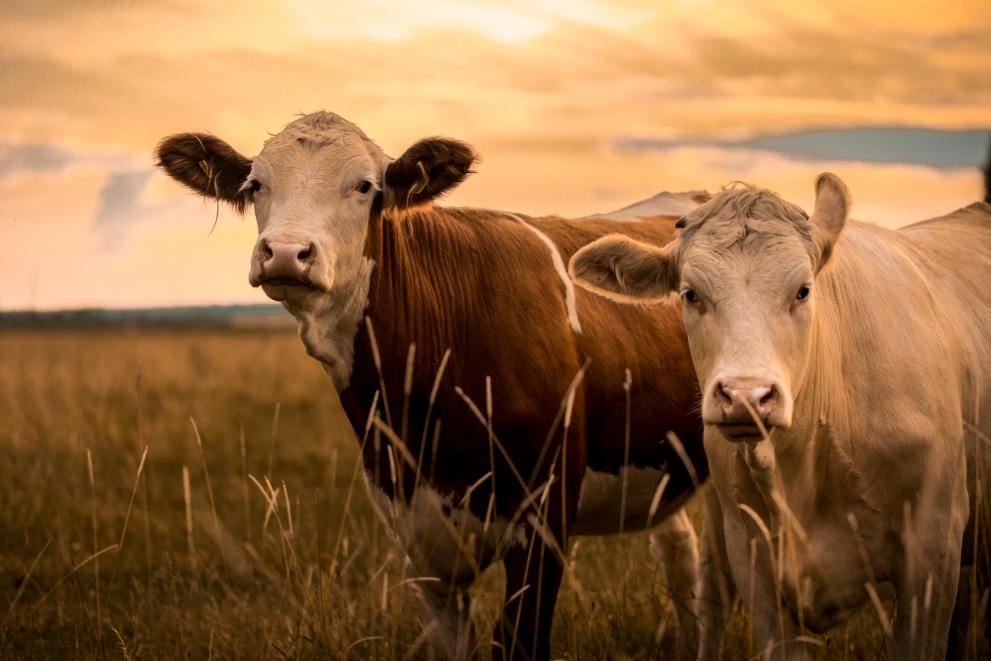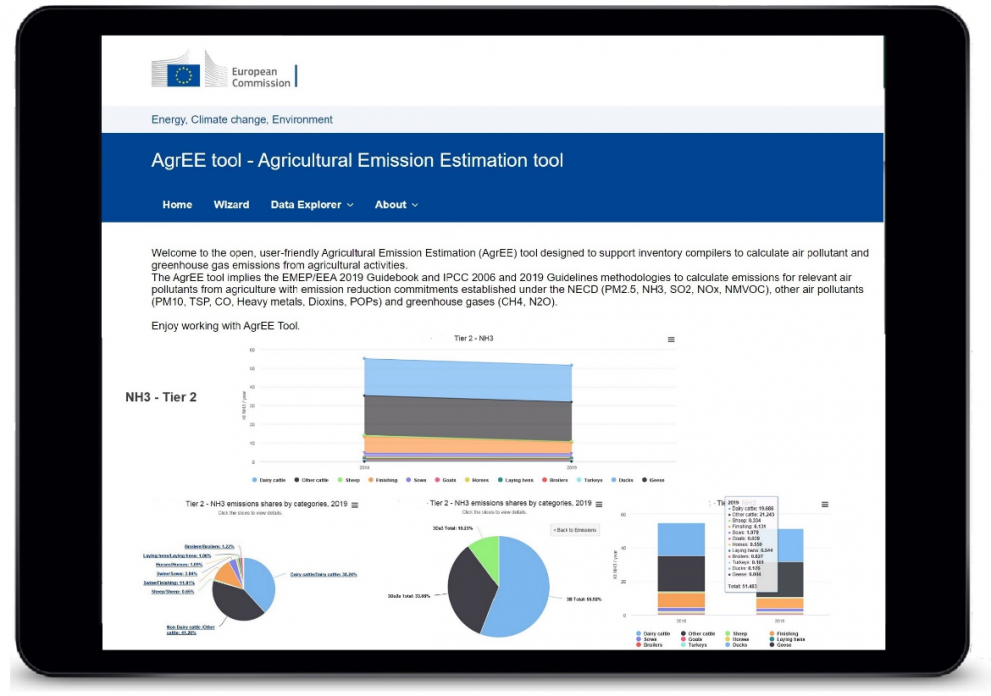
The Joint Research Centre (JRC) and DG Environment have jointly launched a first release of the Agricultural Emission Estimation tool (AgrEE tool) to support robust agricultural air pollutant emissions inventory data at Member State level. This tool supports Member States in their reporting tasks, in the frame of the National Emission reduction Commitments Directive (NECD).
The AgrEE tool implements international methodologies to calculate emissions for relevant air pollutants from the agricultural sector. The calculations are performed for pollutants regulated under the NECD (PM2.5, NH3, SO2, NOx, NMVOC); in addition, it also provides estimates of emissions of other air pollutants (PM10, TSP, CO, Heavy metals, Dioxins, POPs) and greenhouse gases (CH4, N2O), in a consistent and harmonised way.
The AgrEE tool is intended for use in the preparation of national inventories for air pollutant emissions from livestock, agricultural soils, and other agricultural activities including field burning of agriculture residues.
In the AgrEE tool, default information for activity data and emission factors can be used; or these data can be updated where the user has country-specific data. To facilitate the reporting process, the tool uses the same official templates as used for Air Convention and NECD reporting.
A recently released JRC technical report describes the methodologies implemented in the AgrEE tool to calculate air pollutant and greenhouse gas emissions from agricultural activities.
The challenge of emissions from agricultural activities
The agricultural sector carries out processes such as livestock production, decomposition of manure, agricultural soil management etc., that involve emission-producing activities such as enteric fermentation, manure management, fertiliser use, burning agricultural residues etc. These activities are a source of greenhouse gases (GHG), such as methane (CH4), and nitrous oxide (N2O), air pollutants like ammonia (NH3), nitrogen oxides (NOx expressed as NO2), particulate matter (PM10, PM2.5, TSP), non-methane organic volatile compounds (NMVOC), sulfur dioxide (SO2), carbon monoxide (CO) and heavy metals. GHG emissions from agricultural sector represent nearly 10% of total GHG emissions in the EU, whereas those of NH3 more than 90%.
National Emission Reduction Commitments Directive
The National Emissions reduction Commitments Directive (2016/2284/EU) established emission reduction obligations for the periods 2020-29 and 2030-onward, for five main air pollutants (NOx, NMVOCs, SO2, NH3 and PM2.5) that can lead to adverse effects on both public health and ecosystems. The NECD is based on the regular reporting by Member States of air pollutant emission inventories, in order to assess the progress of air pollution reduction in the EU and tracking whether Member States are compliant with their commitments.

Details
- Publication date
- 11 October 2021
